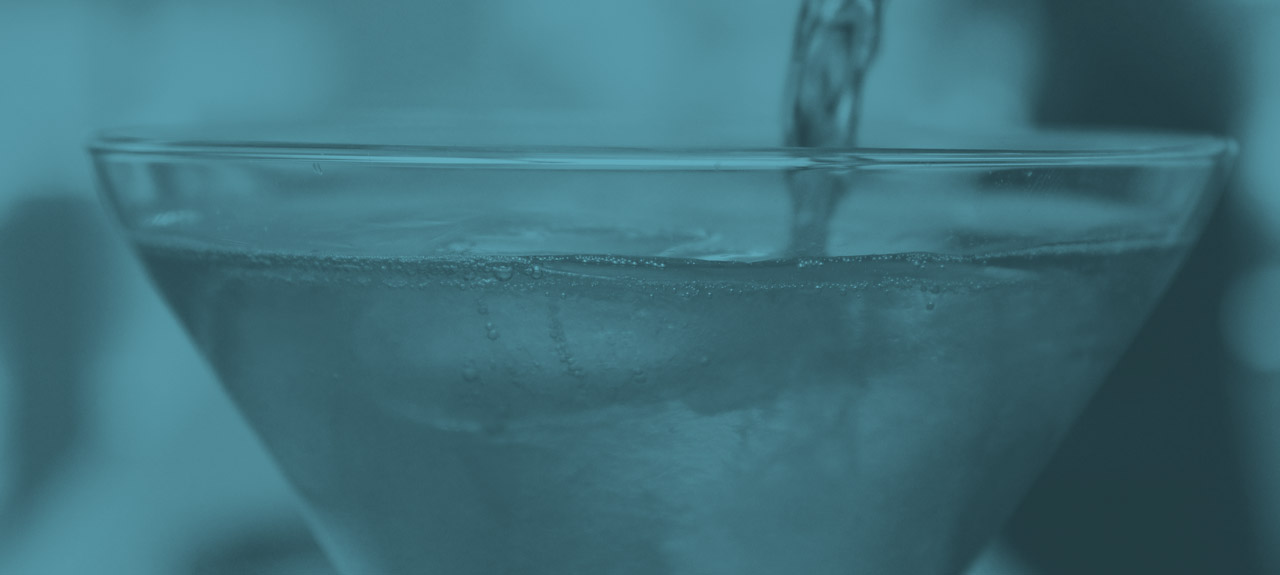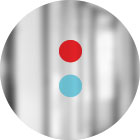Sampling spirits comes with its own set of challenges, but thorough planning and detail to activation logistics, goals and measurement can reduce barriers and transform a “free giveaway” into a sales-driven program. As the number of small, independent distilleries grows – appealing to consumers who enjoy supporting local businesses – sampling is a more cost-effective approach than mass media … and when activated properly, your program can garner incredible results.
Before you start pouring shots, there are a few bases to cover – so let’s jump in.
Define your target audience.
To ensure your sampling efforts drive the consumer to purchase, markets are determined based on distribution. But within those regions, you will need to identify where to activate. How can you distill (no pun intended) the broad 21+ population to be a closer representation of your brand’s target customer? Where do those people live? Work? Play? Do you want to reach them at the grocery store on their way home from work or at their favorite watering hole? This information will set the stage for your program.
Know (and adhere to) the law.
A sampling program involving alcohol will obviously need to incorporate age verification, but there are other legalities to consider. 46 states allow some form of spirits sampling, and within those states there are varying degrees of accessibility for on and off-premise sampling. Ohio, for instance, only allows sampling for beverages with an alcohol content of 21% or lower. There also might be restrictions on the times you’re allowed to sample; Wisconsin, for example, doesn’t allow spirits tastings past 7:00 pm. Or in Chicago, the liquor license of the event at which you’re sampling needs to cover your activation; otherwise you cannot sample and the distributor cannot provide product for the event. Do your research or rely on a seasoned partner who is familiar with navigating the legalities.
Define success metrics.
It’s difficult to gauge a program’s success without knowing what to measure and how to measure it. These key performance indicators (KPIs) will look different from brand to brand; they depend on a myriad of factors. For an emerging spirits brand, success might take shape as the number of consumers engaged (i.e., total conversations about the distillation process and the brand’s narrative). A more established brand might identify success as a number of samples distributed or surveys completed. Surveying can illuminate valuable findings about your target consumer – their loyalty to brands, purchase intent and the factors that influence their decisions. Here at Switch, we use custom mobile reporting software to capture, store and share this data remotely.
Source the best representatives.
The real value in training a brand ambassador to understand and communicate your product’s unique story is that it can have tremendous impact on the program’s success. There’s a striking difference between someone who is simply trying to rack up sample numbers and someone who is genuinely excited about the product: where it’s made, how ingredients are sourced and the quality of taste. Someone who knows and appreciates the distinct characteristics is far more capable of engaging consumers.
Add some creative flair.
Sampling spirits comes with a few more barriers than wine or beer. To broaden the appeal of sampling spirits, you might have to get a little creative with your strategy. Presenting a cocktail made with your product, for example, may draw a wider audience – and it gives you the chance to demonstrate the brand’s imaginative side. You can take it even further by pairing the sample with a bite of cheese or fruit – something that complements the flavor profile.
A 2015 Nielson report shows that compared to wine and beer drinkers, spirits consumers are more likely to remain loyal to a brand, with 60% of spirits drinkers reporting purchasing only one to three brands in the past year. But the same study also reports that younger consumers are considerably more likely to try different brands – indicating that their preferences haven’t yet been established. A sampling program is one avenue for a brand looking to instill or strengthen brand awareness, creating vital connections that can lead to loyalty.
If you’re curious to discuss how you can take your brand on the road to connect with and engage your target audience, contact NicoleP@switch.us to get the conversation started.














